W.T.F. Japan: The top five “sora” references of all time! 【Weird Top Five】
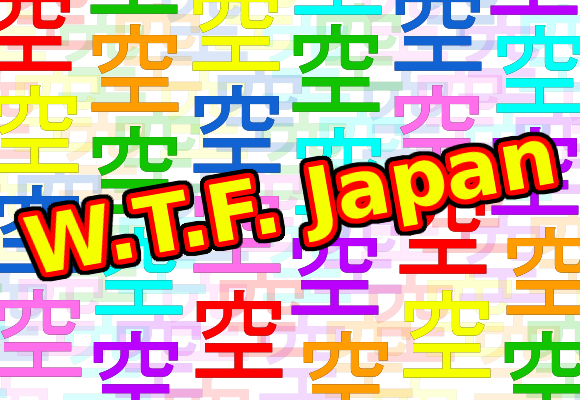
At SoraNews24, we love “sora,” the Japanese word for sky, so let’s take a look at some of the most memorable instances of the word in Japanese history.
Our site name may have changed to SoraNews24, but we’re still the same source for all things cute, ridiculous, and inappropriate from Japan and Asia that you know and love. And to commemorate our new name, we’re celebrating the only way we know how – by writing an article about it!
You may know that “sora” means “sky” in Japanese, but that’s not the only way it’s used. There have been plenty of other usages of the word “sora” in Japanese history, pop culture, drunk anthropomorphic airplanes, and more.
That’s why today we’re counting down the top five “sora” references of all time, to show off the most memorable instances where the word “sora” has been used in Japan.
So let’s get to it! Starting off with…
Honorable Mention: The OG sora… the sky
If we’re counting down the top five “sora” references of all time, then we have to pay respects to the one who started it all: the sky, sora in Japanese.
We all have a lot to thank the sky for. Air to breathe, rain to get us sopping wet while we wait outside for the bus and forgot an umbrella, and most importantly, for posing that eternal question: why is the sky blue? Maybe one day, science will have an answer.
And now anytime you look up at the sky, you can remember the word sora… and then SoraNews… and then the fact that you’ve been forgetting to go to class all semester and today’s the day of the final exam… and then the fact that nope that was only a dream… and then SoraNews24.
Thank you sky. For all the free advertising.
#5. Sora Takenouchi
All right, now we’re getting into the serious “sora” references, starting off with helmet-wearer extraordinaire Sora Takenouchi from Digimon.
With her Crest of Love and pink bird Biyomon, Sora was the mother of the group, helping to smooth over fights that broke out between Tai and Matt, the two main boys.
Throughout the series she went back and forth between the two of them, and fans always wondered who would end up together, but in the end it was obviously…
▼ …wait, WHAT?! She married Matt?
And they have two kids?!
9-Sora Takenouchi x Yamato Ishida (Digimon) pic.twitter.com/Mb5nlSaI0B
—Sigrid Valkyrie
(@SigridValkyrie) November 1, 2016
▼ I’ve never agreed with a meme more in my life.
What’s next? Gary Oak marrying Misty?!
▼ …don’t do this to me, internet.
(Ahora que lo recuerdo Gary y Misty se echan muichas miraditas en el Anime, este rol acabara mal..@PostureoHaunter) pic.twitter.com/EHC7X9yLVJ
— Armin Arlert (@ArminExplorando) June 20, 2013
#4. Soramame
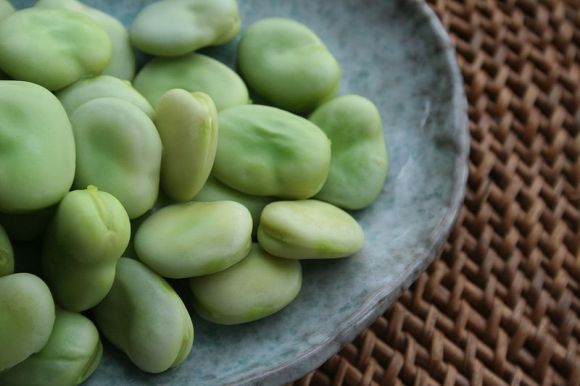 Wikimedia Commons/Richard W.M. Jones
Wikimedia Commons/Richard W.M. Jones
Soramame are known in the English-speaking world as broad beans or fava beans. They get their name from-
@rnlisa64 Susan... Do you wish Fava Beans with your Chianti?..... pic.twitter.com/6U5iI02h5X
— TrumpForceOne(@la_covfefe) April 6, 2017
Uh, okay. That was weird. Anyway, the reason they’re called soramame is because-
https://twitter.com/louistamonejr/status/815297121016541184Okay! I get it! Yes, Hannibal Lector has the “fava beans” quote from Silence of the Lambs. Yeah, great, whatever. Anyway, the reason behind-
"I ate his liver with some fava beans and a nice chianti." pic.twitter.com/zqzCrtATOM
— Serial Killer Shop (@serialkillrshop) February 8, 2017
Sigh. Fine. Whatever.
The soramame beans get their name from the fact that the bean pods grow upward, toward the sky — the sora. Now, did you really have to interrupt me like that?
▼ …moving on.
QOTD: #SilenceoftheLambs #AnthonyHopkins #HannibalLector pic.twitter.com/jUujUQcH9P
— Harry Downing (@harrydowning96) March 18, 2017
#3. Kawai Sora
Oh man, now we’re getting into some of the truly greatest “sora” references of all time.
Kawai Sora was a student/travel companion to legendary Japanese poet Matsuo Basho when he made his epic journey from Edo (old Tokyo) to the northern interior region known simply as Oku. He traveled 1,500 miles mostly on foot for 156 days, visited places written about by old Japanese poets, and composed new poems of his own, eventually creating Oku no Hosomichi (“The Narrow Road to Oku”), widely considered one of the greatest works of Japanese literature.
To translate into modern terms, it was two bros taking a roadtrip together, visiting all of the awesome party locations they’d heard about before their time.
▼ “Yo, Basho! Get over here. You gotta try these shiitake mushrooms.”
“Sora… those aren’t shiitakes.”
Sora didn’t accompany Basho for the entire journey, but for the part that he did his diary has been incredibly valuable in helping historians figure out exactly what happened during their poetic pilgrimage, because Basho had a tendency to, uh, exaggerate.
For example, after returning from his journey, Basho spent years working on Oku no Hosomichi before publishing it. During that time he took some artistic liberties, such as adding in sections where he had exchanges with prostitutes at an inn. But in Sora’s diary, there’s no mention of any such things ever happening.
▼ “Basho-kun didn’t need any prostitutes… he had me!”
is also something not written in Sora’s diary.
#2. Sora-yan
伊丹空港といえば、そらやんに会えるね????? pic.twitter.com/R1MM9aPNS9
— 🅗 🅞 🅚 🅘 (@hoki_o0) March 30, 2017
Just going by the sheer amount of mascots that Japan has, statistically one of them pretty much had to be named “Sora,” and the one we get is pretty awesome.
Her name is Sora-yan (“sora” again meaning “sky” and “yan” being an Osaka/Kansai emphasis word), and she is an anthropomorphic airplane representing Osaka International Airport.
We’ve taken a detailed look at her before when she was unveiled in 2014, but just as a refresher her interests include fashion (hence that stylish bandana), bringing smiles to the faces of customers, and taking walks around the airport.
▼ And with her wobble, red face, and looking like she’s going to fall over, we’d
guess another hobby of hers includes drinking something other than plane fuel.
But still, there’s no denying Sora-yan’s cuteness. Just looking at her has a very calming effect, which is probably exactly what her designers wanted, considering flying can be quite stressful for people, especially children.
▼ …is there an age limit on buying Sora-yan plushies?
No? Great. I’ll take ten for my next flight.
帰ってきたら、二日目埃と雨に濡れてスカーフの赤色が抜けて、首回りが紅く染まり、薄汚くなったので、スカーフを外して洗濯ネットに入れて洗濯しました。只今干され中。そらやんオーナー様は、そらやんを濡らさない様にご注意を。#そらやん
— さんチャソ@
洗濯機で洗われてしまったやん。 pic.twitter.com/cqUe7MivhQチャンきたよ (@namu9sanchan) March 28, 2017
And the #1 “sora” reference of all time is…
.
.
.
.
.
.
.
.
.
.
1. Sora
«RESERVADO»
—
Sora - Kingdom Hearts pic.twitter.com/LQ7bVE80yb;Fanservice World Rol (@FSW_Rol) August 11, 2015
Yup, you knew this was coming. Even if you didn’t know about any of the other “sora” references on this list, chances are you knew about this Sora, the keyblade-wielding hero from the Kingdom Hearts series.
Love him or hate him, whether you trained with him for hundreds of hours to beat Sephiroth, or if you never even attempted to battle the forces of darkness with Donald Duck and Goofy by your side, either way you’ve probably heard of Sora.
In fact, this Sora has such a monopoly on the word “sora” that he doesn’t even have a last name. He doesn’t need one. He’s just Sora. It’s the other Sora’s out there who need to differentiate themselves from him.
▼ Ugh, he probably thinks SoraNews24 is all news about him too.
4. Sora (Kingdom Hearts). Otro héroe plano. Riku es mejor que tú y lo sabes. No te mereces a Kairi. Si yo fuese Donald tampoco te curaría. pic.twitter.com/VognoveE26
— Noa(@NoahNixie) March 15, 2017
According to Tetsuya Nomura, Sora’s designer, Sora got his name because of his close relationship with two other Kingdom Hearts characters: Riku and Kairi. Riku means “land,” the “kai” in Kairi means “sea,” and Sora means “sky.” Thus all three of them together are “land, sea, and sky.”
▼ All three of them together are also the plot of at least 97-percent of all
Kingdom Hearts fanfiction, but we’ll leave that for you to explore on your own.
41. Sora, Kairi y Riku
— Fritanga Eléctrica
- Ya que estamos con las OT3, las voy sacando a porrillo
- Son purisimos los tres
- Dejadlos permanecer juntos. pic.twitter.com/9ra6oIaXjC(@X0S0G0) March 6, 2017
So there you have it, the top five “sora” references of all time. Did we miss any of your favorite “sora” references? Let us know in the comments, and we hope you like our new site name as much as we do. And now, with the help of this article, maybe the word “sora” won’t be as confusing as the top five most confusing Japanese hand gestures.
References: Wikipedia
Top image: ©RocketNews24
Credit:

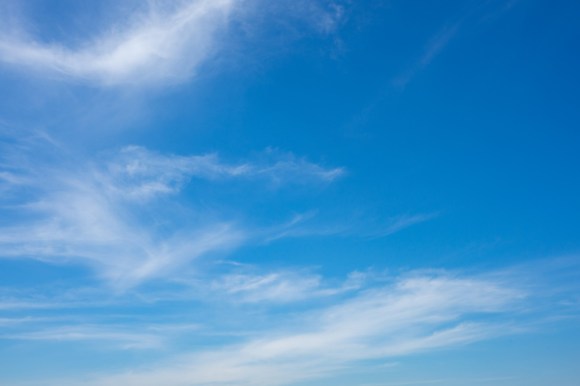



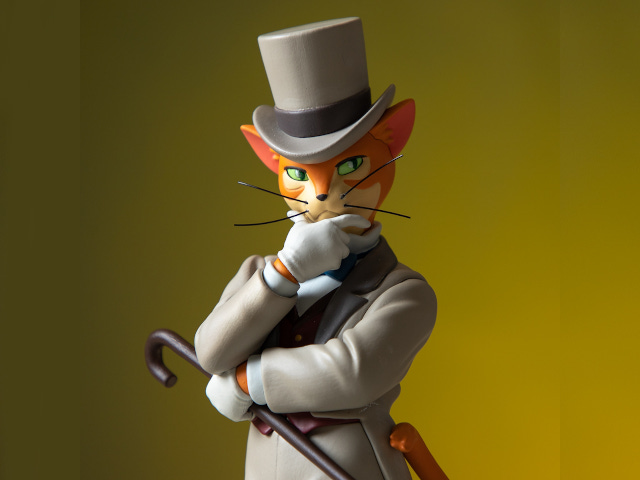
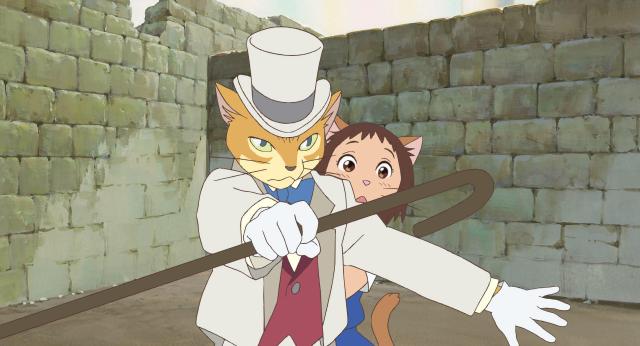
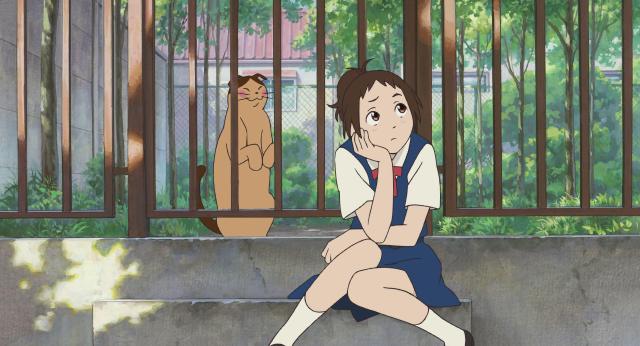
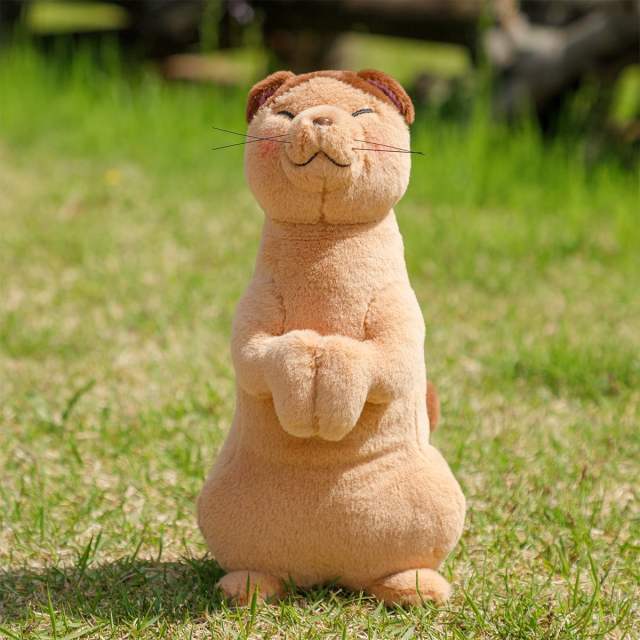
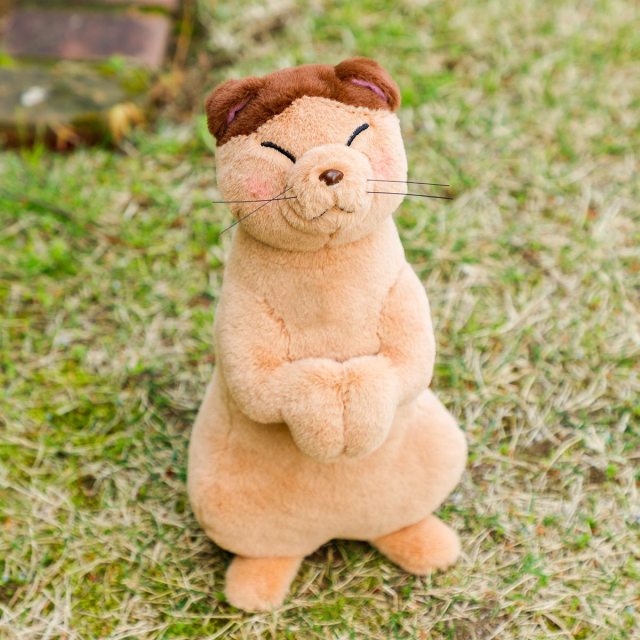
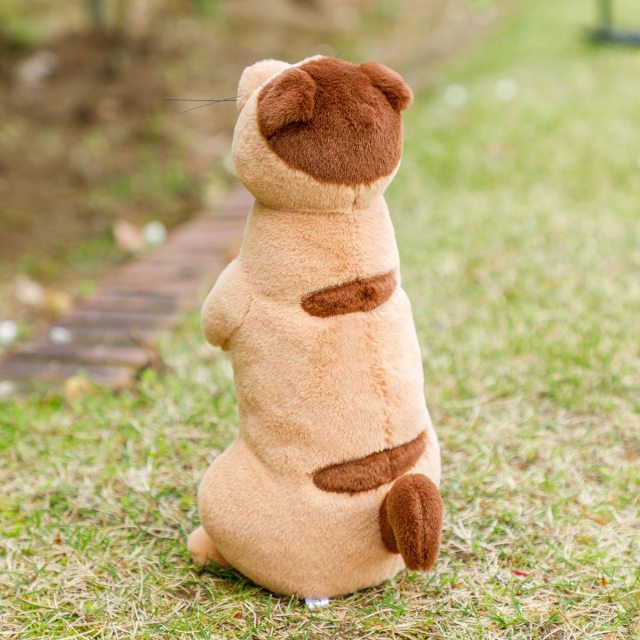

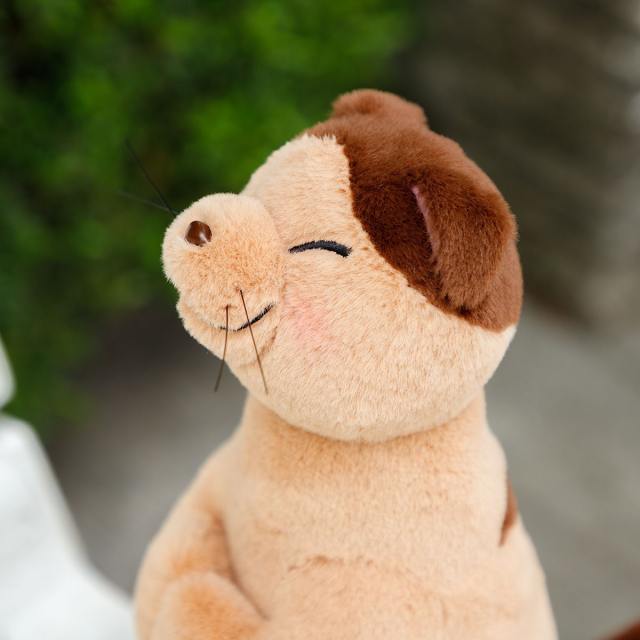
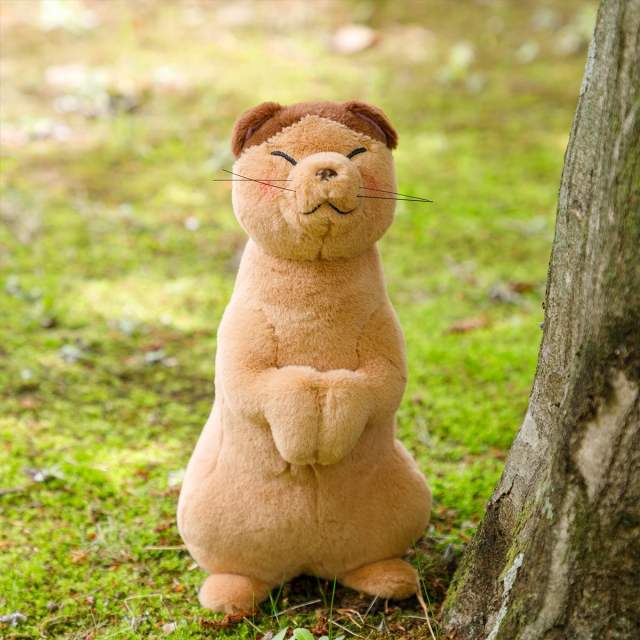
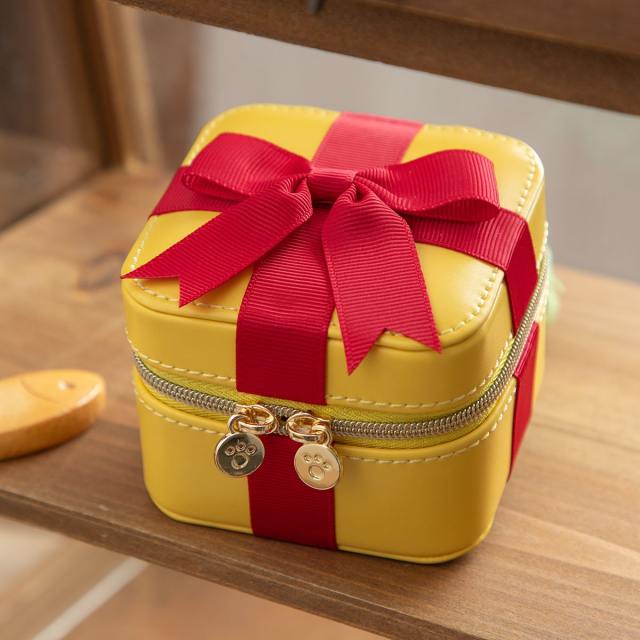


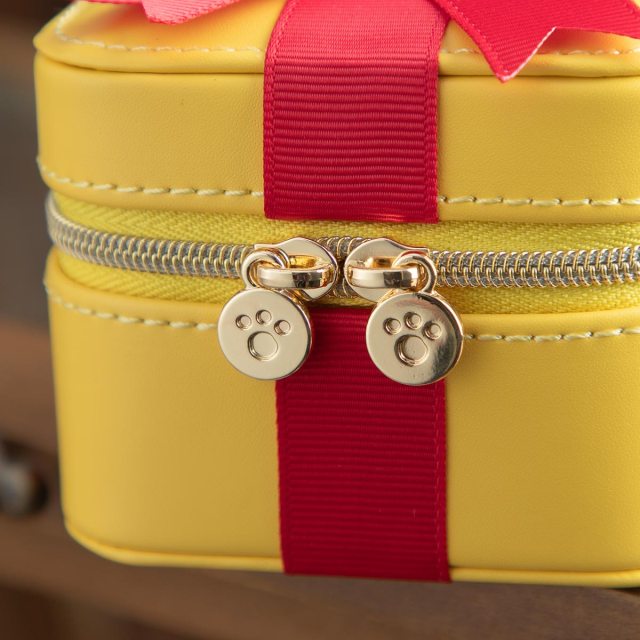
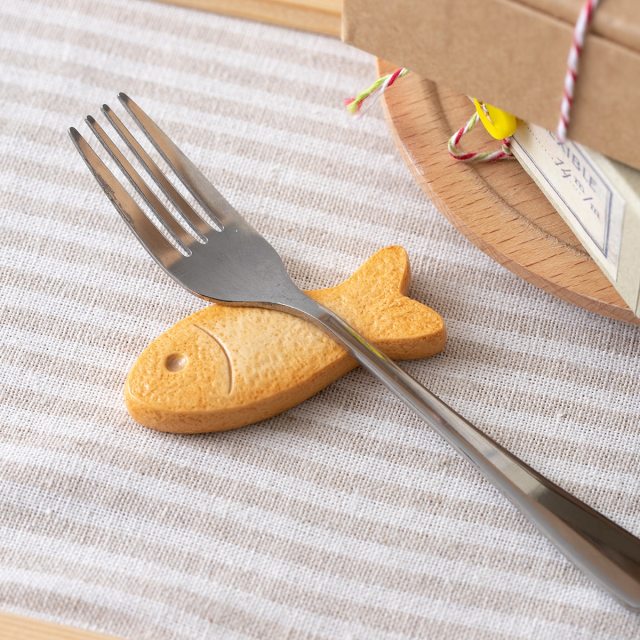
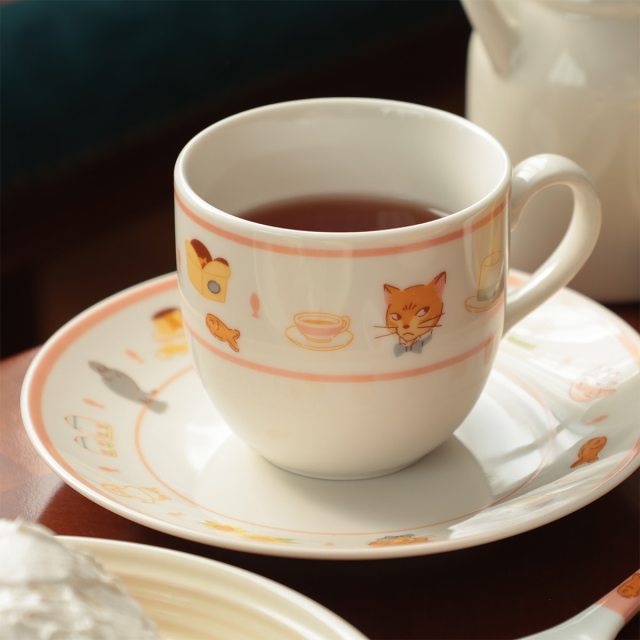

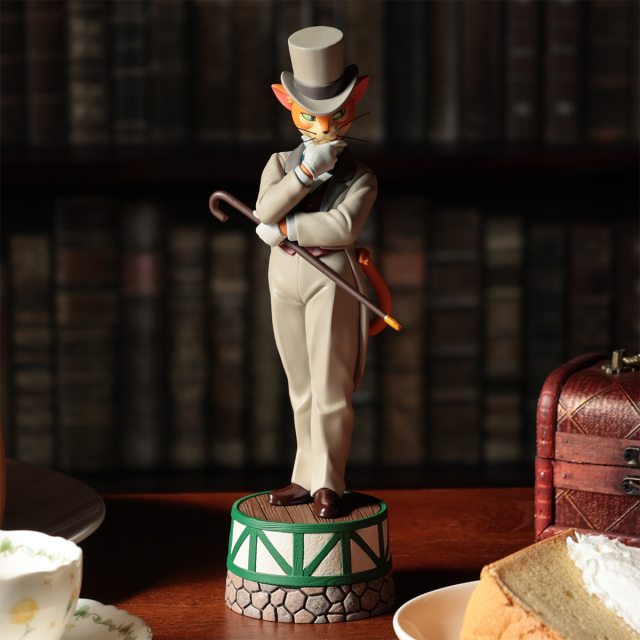
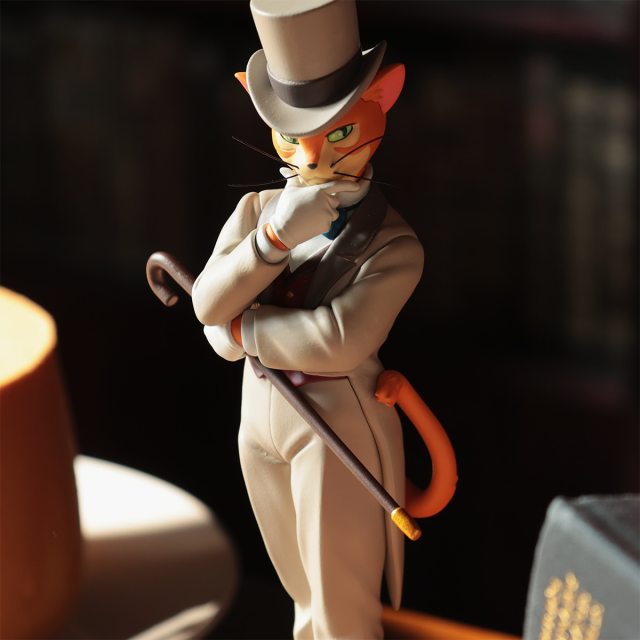
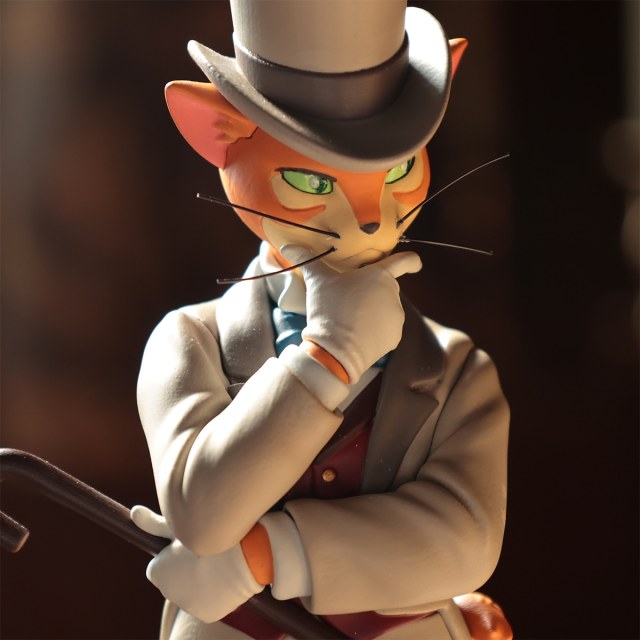

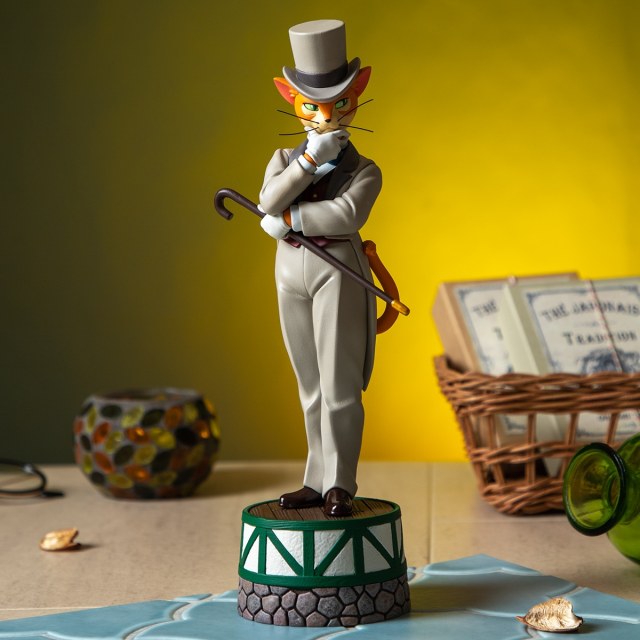
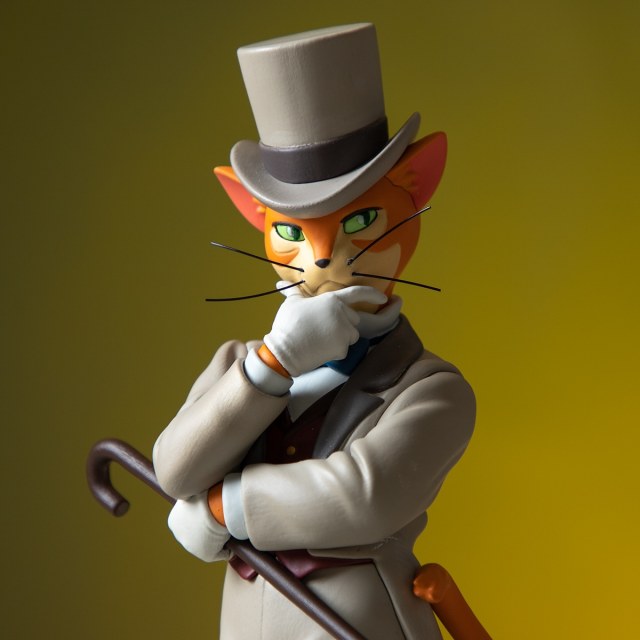
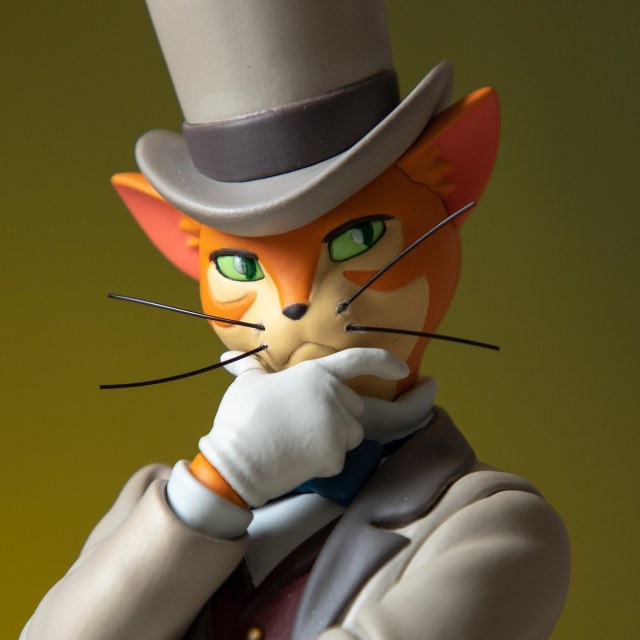
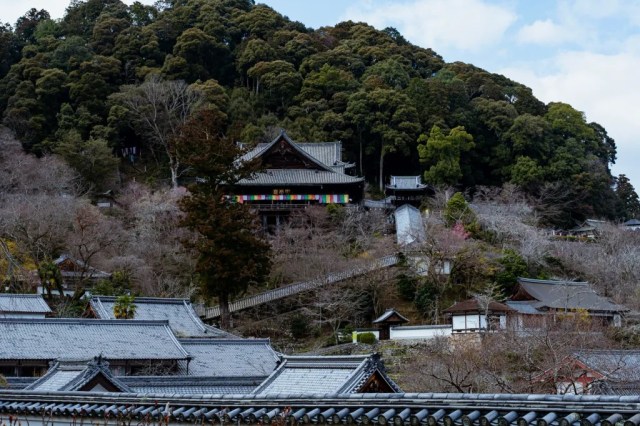
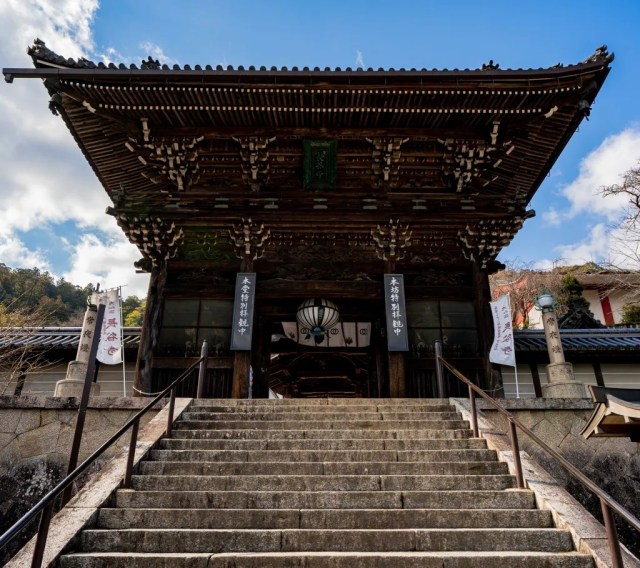
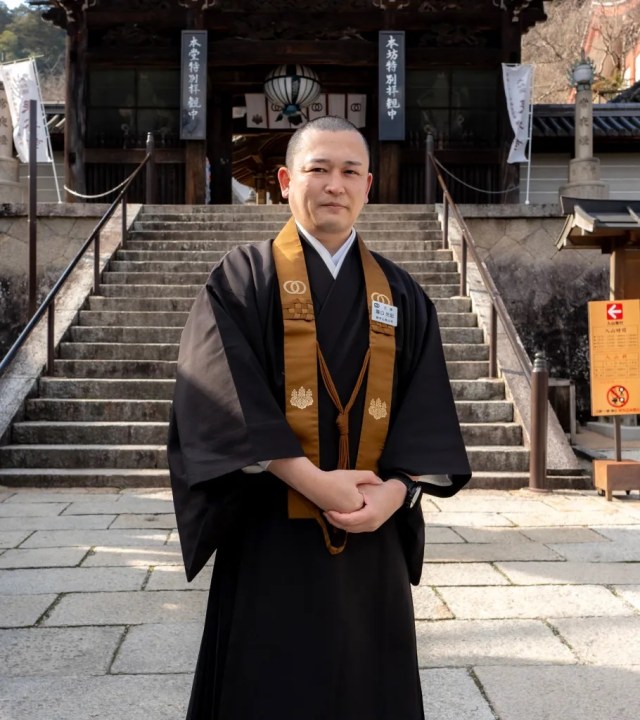
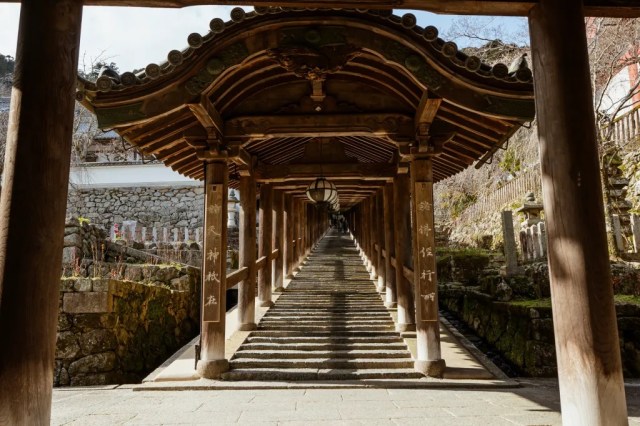
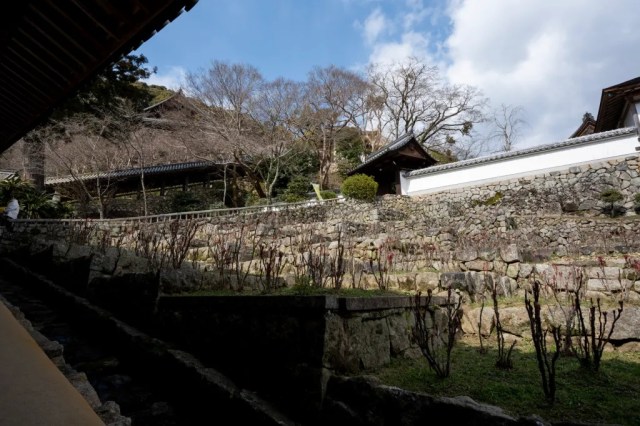

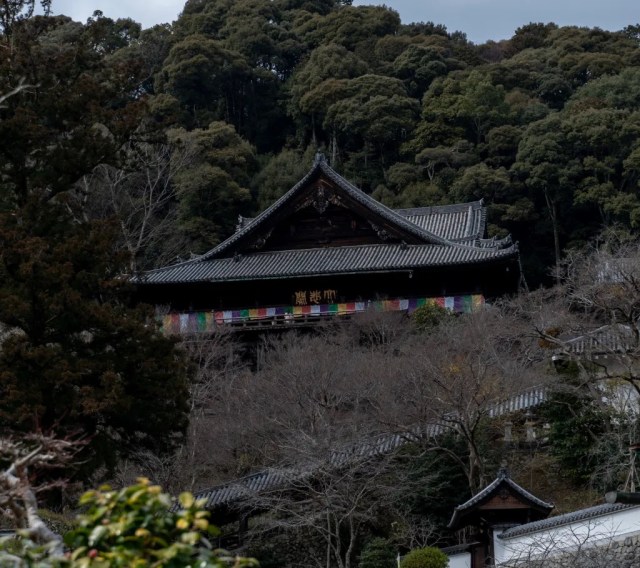
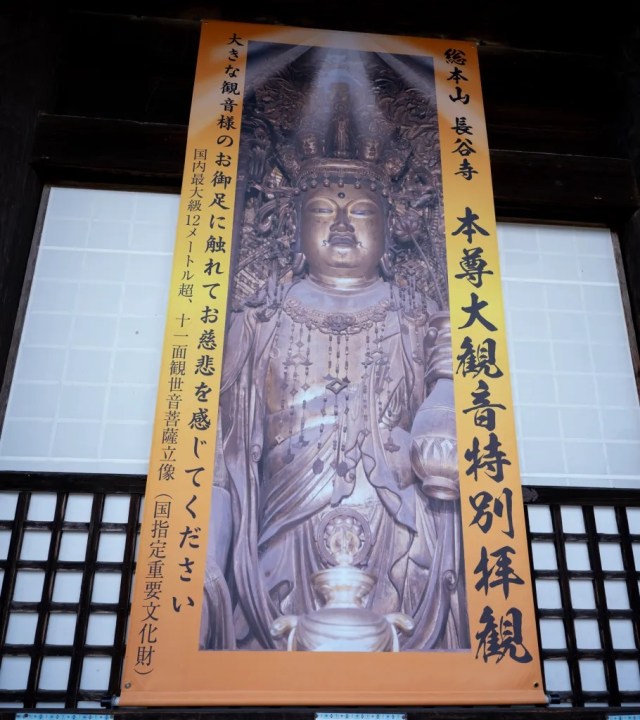
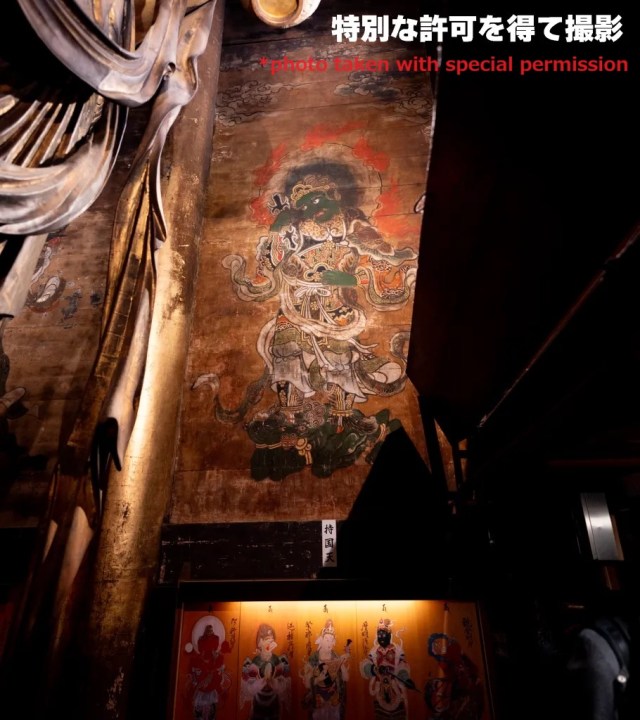
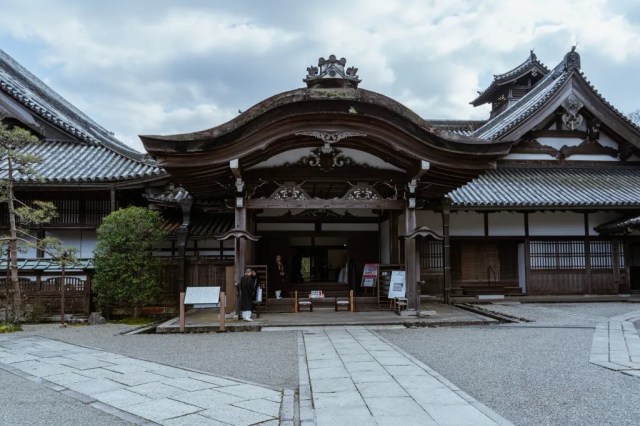
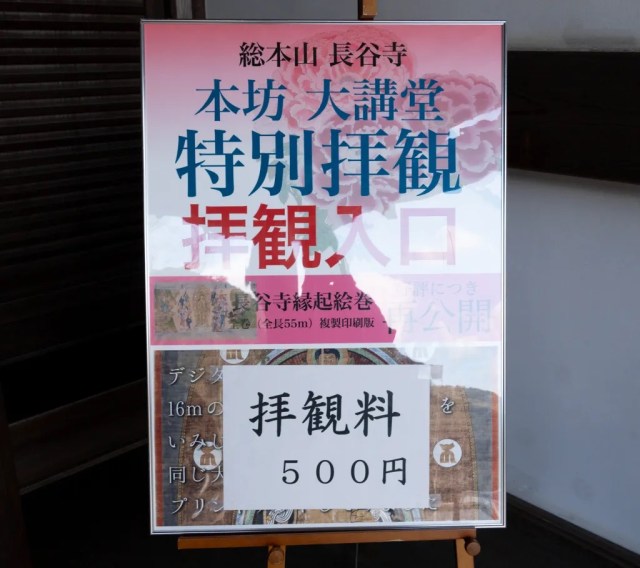
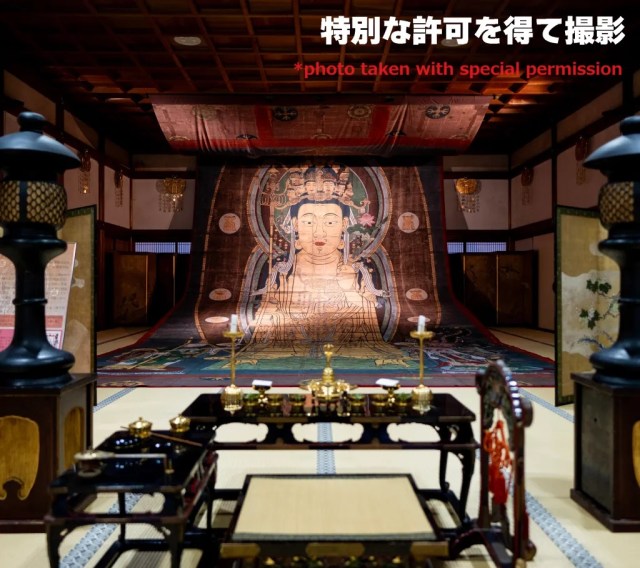

0 comments: